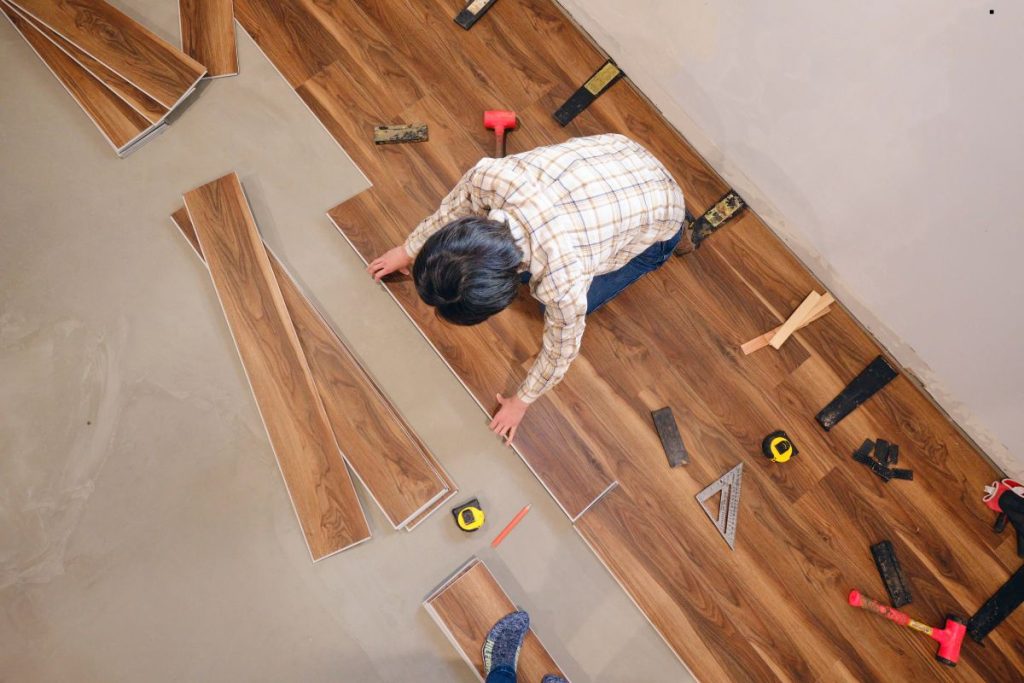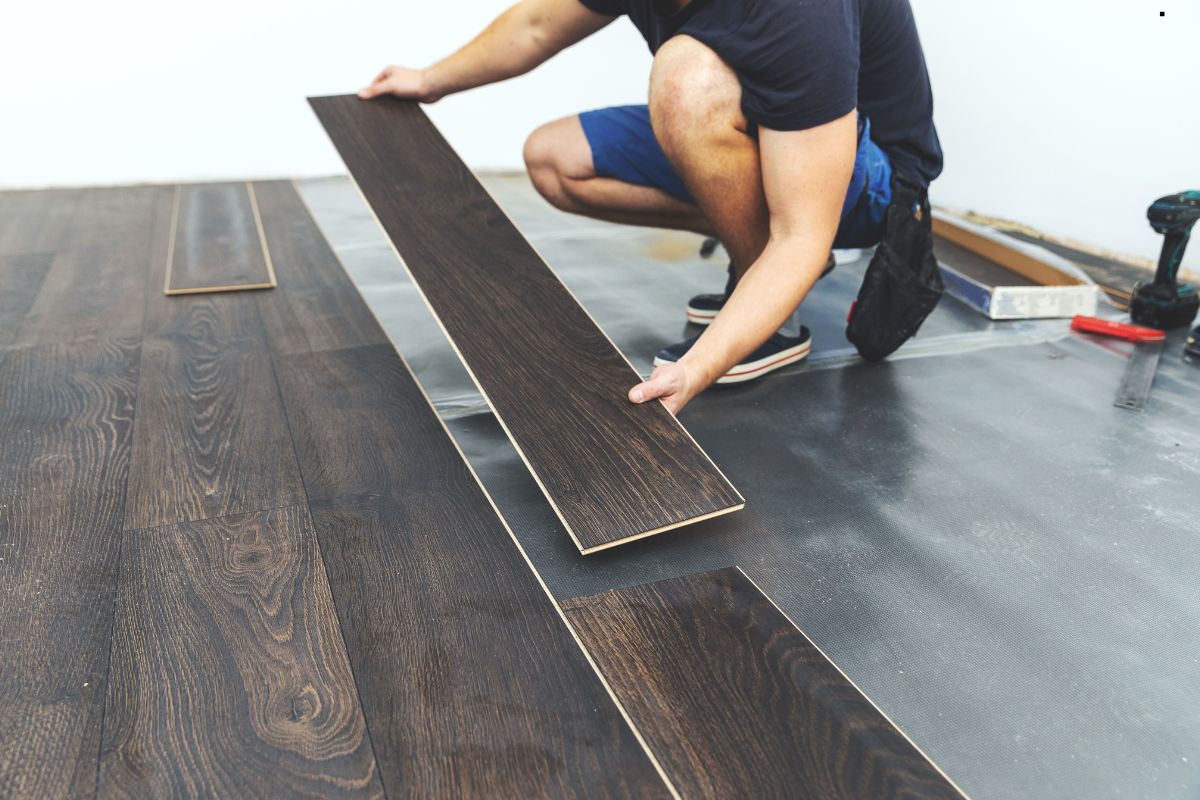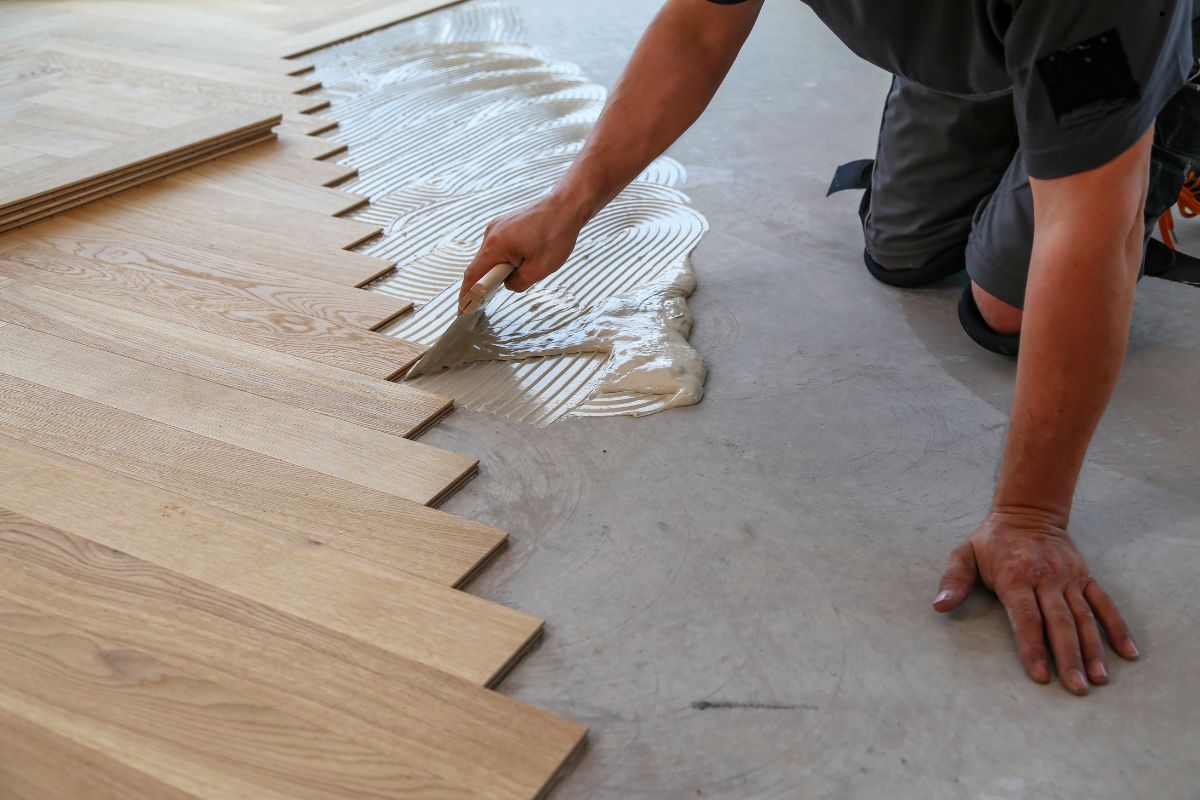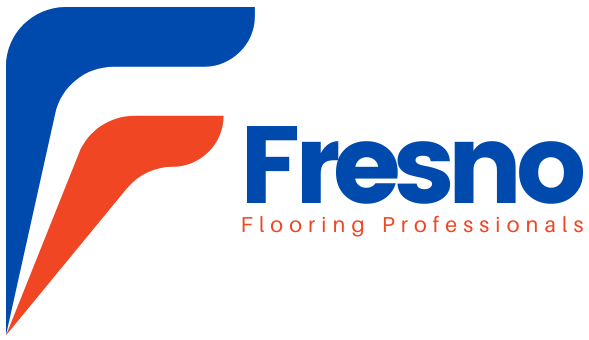
Want to keep your beautiful floors looking their best? Protecting your floors from furniture damage is essential! From scratches and dents to scuffs and stains, furniture can wreak havoc on hardwood, laminate, vinyl, and tile. This comprehensive guide covers everything you need to know, from choosing the right furniture pads to implementing proactive floor protection strategies. Keep reading to learn the key steps you can take and to ensure you enjoy your flawless flooring for years to come.
Introduction: Welcome and Why Floor Protection Matters

Your floors are a significant investment and a crucial element of your home’s aesthetic. They’re also constantly under pressure from furniture. Without proper protection, your floors are vulnerable to unsightly scratches, dents, and other damage that can diminish their beauty and value.
- The Value of Your Floors: Floors contribute significantly to your home’s overall appeal and resale value. Protecting them preserves this investment.
- Common Types of Floor Damage From Furniture: Dragging furniture, sharp furniture legs, heavy objects, and even embedded grit under furniture can all cause damage.
Identifying the Culprits: Furniture Types and Their Impact
Not all furniture is created equal when it comes to floor damage. Some pieces pose a greater risk than others.
- Chairs & Tables: Chair legs, especially those with thin or unfinished edges, are notorious for causing scratches.
- Sofas & Couches: The weight of a sofa, combined with movement, can lead to dents and scratches.
- Beds & Dressers: Heavy dressers and bed frames can cause significant damage, especially during moves or rearrangements.
- Rugs: Although designed to protect your floors sometimes it causes damage.
- Heavy Appliances: Refrigerators and ovens that stay where they cause issues, if we drag them here and there on the floor.
After every two sections here’s a clear call to action Call us we will offer floor maintenance services.
The First Line of Defense: Furniture Pads & Glides
Furniture pads and glides are your first and often best defense against furniture-related floor damage.
- Felt Pads: Pros & Cons: Felt pads are ideal for hardwood, laminate, and tile. They’re soft and provide a cushion, but wear down over time and need replacing.
- Plastic Glides: When to Use Them: Plastic glides are better suited for carpeted surfaces, allowing furniture to move more easily.
- Rubber Bumpers: Preventing Scuffs: Rubber bumpers are great for protecting walls and preventing furniture from scuffing baseboards and flooring.
- Specialty Glides: For Specific Furniture Types: Consider specialty glides designed for heavy furniture or furniture that is frequently moved.
Strategic Floor Protection Measures
Beyond pads and glides, there are proactive steps you can take to minimize damage.
- Area Rugs: Placement & Benefits: Area rugs provide a protective barrier and can add style to your space. Place rugs in high-traffic areas and under furniture legs.
- Furniture Placement: Weight Distribution Matters: Distribute weight evenly to prevent concentrated pressure on specific areas.
- Lifting, Not Dragging: Proper Moving Techniques: Always lift furniture when moving it – dragging is a surefire way to cause scratches.
- Regular Cleaning: Preventing Embedded Grit: Sweep and mop regularly to remove grit and debris that can scratch floors.
- Addressing Wobbly Furniture: A Quick Fix Guide: Wobbly furniture puts uneven pressure on floors. Shim and stabilize furniture to prevent rocking and scratching.
After every two sections here’s a clear call to action Call us we will offer personalized floor maintenance services.
Advanced Floor Protection for Specific Floor Types

The best protection strategy depends on your floor type.
- Hardwood Floors: To protect your floors from furniture damage, consider adding felt pads or rubber caps to the bottom of furniture legs. Also, avoid dragging heavy items across the floor and use area rugs in high-traffic areas. These precautions will help preserve your flooring. For more details on hardwood protection and maintenance, check out our hardwood flooring page.
- Laminate & Vinyl Floors: Extra Care Tips: Laminate and vinyl are more scratch-resistant but still require protection from heavy furniture and sharp objects.
Tile & Stone Floors: Sealing & Maintenance: Seal tile and stone floors to protect them from stains and scratches. Use furniture pads to prevent chipping and keep your floors looking new. For more details on tile protection and care, visit our tile flooring page.
DIY Floor Protection Projects
Get creative with DIY solutions for added protection.
- Making Your Own Felt Pads: Cut felt to size and adhere it to furniture legs.
- Creating Custom Furniture Coasters: Protect floors from spills and stains with custom-made coasters.
- Securing Rugs with DIY Solutions: Use rug tape or nonslip pads to prevent rugs from sliding and scratching floors.
When to Call the Professionals
Sometimes, DIY efforts aren’t enough, and you need professional help.
- Signs of Floor Damage Requiring Professional Repair: Deep scratches, dents, or stains may require professional restoration.
- Hiring a Floor Restoration Specialist: A floor restoration specialist can repair damaged floors and restore them to their original beauty.
Conclusion: Maintaining Beautiful Floors: A Recap
Protecting your floors from furniture damage is an ongoing process that requires attention and proactive measures. By implementing the tips and strategies outlined in this guide, you can keep your floors looking their best for years to come.
- Key Takeaways for Ongoing Floor Protection: Regularly inspect furniture pads, clean your floors regularly, and address any wobbling furniture promptly.
FAQs: Frequently Asked Questions
Do furniture pads work on all floor types?
While felt pads work in most floor times , others need a specialty pad, to give more information regarding floor pad contact floor professionals.
How often should furniture pads be replaced?
We recommend that you have your pads checked at every 6 months , so that your pads is giving its best performance
Can rugs damage floors?
They surely can , with the right conditions, contact the local professionals to take a peak at the conditions.
Disclaimer: The article serves informational purposes only; your floors may vary based on their condition. Please follow recommendations as intended. For personalized advice, feel free to Contact Us.

